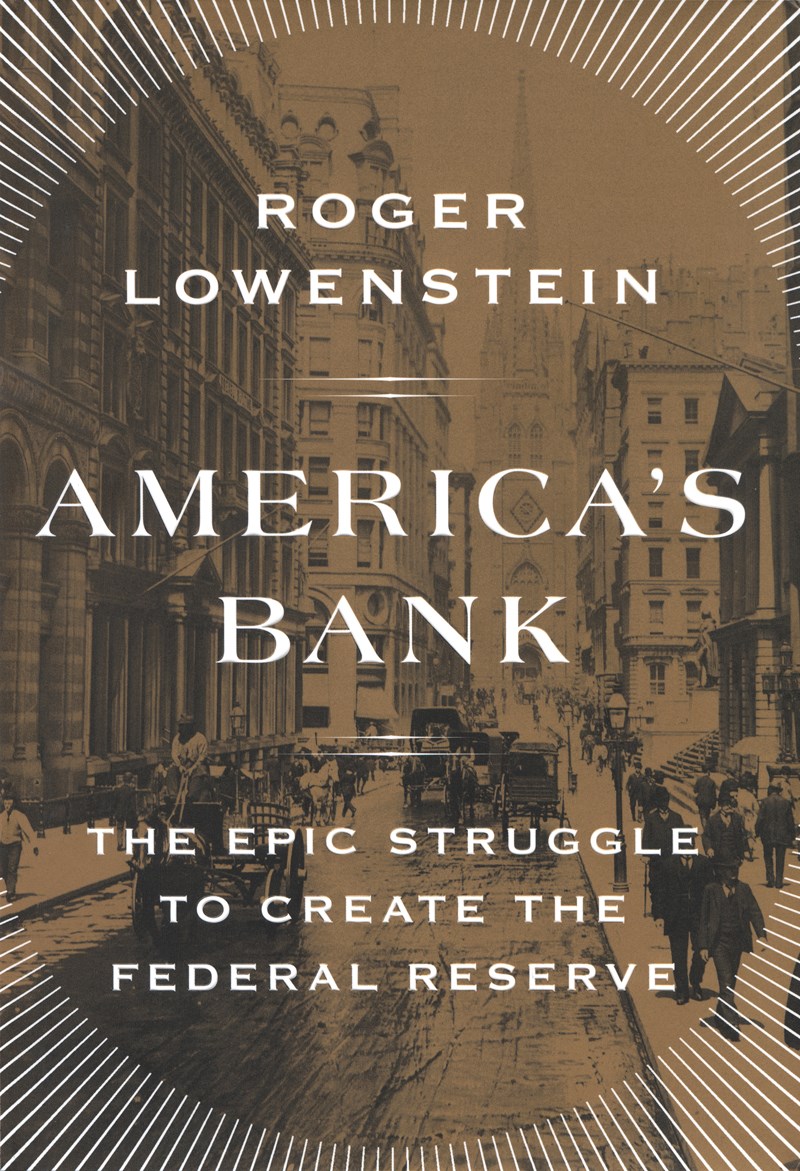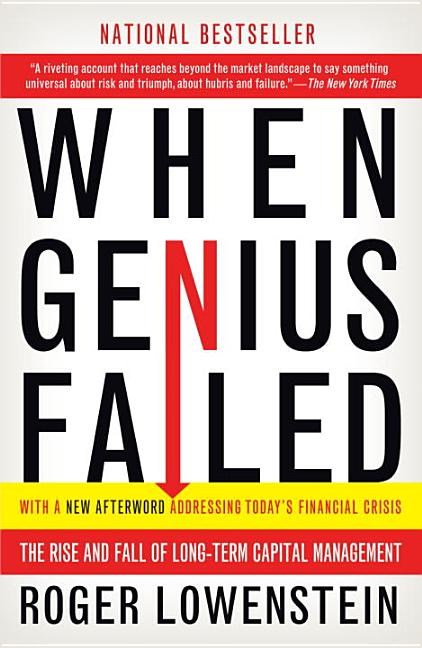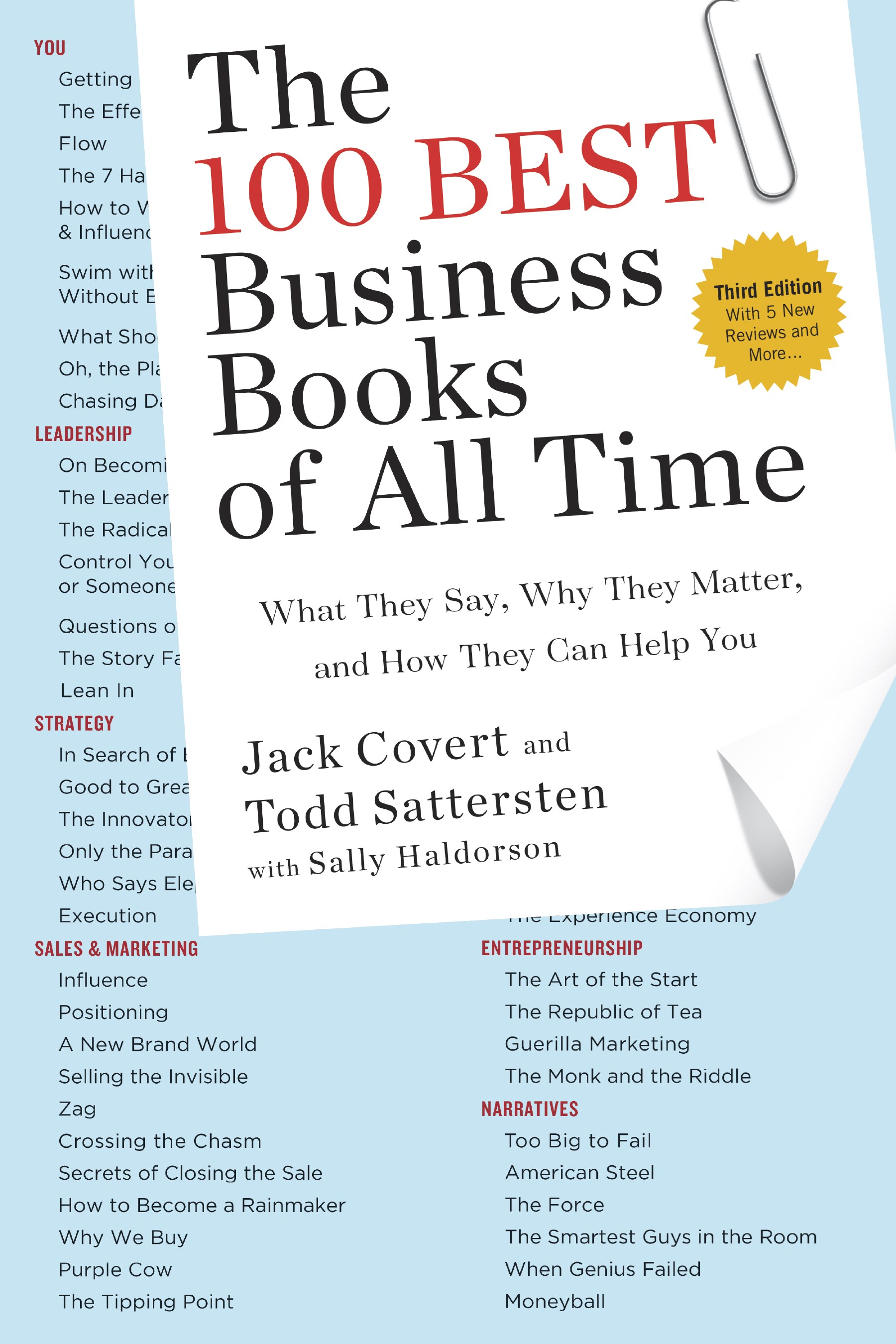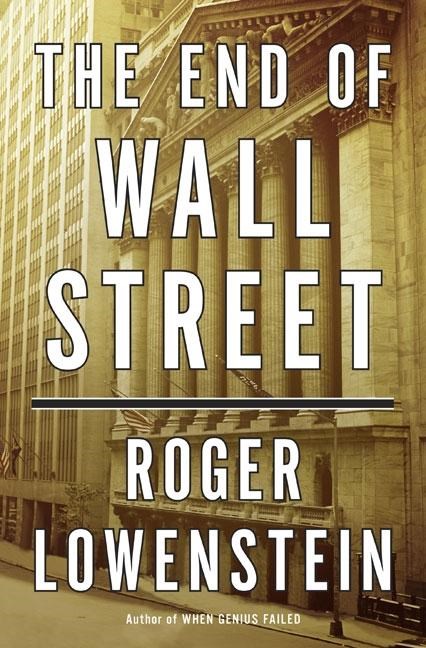America's Bank: The Epic Struggle to Create the Federal Reserve
October 22, 2015
Roger Lowenstein has written a brilliant book on the founding of the Federal Reserve that informs and echoes the issues and arguments of today.
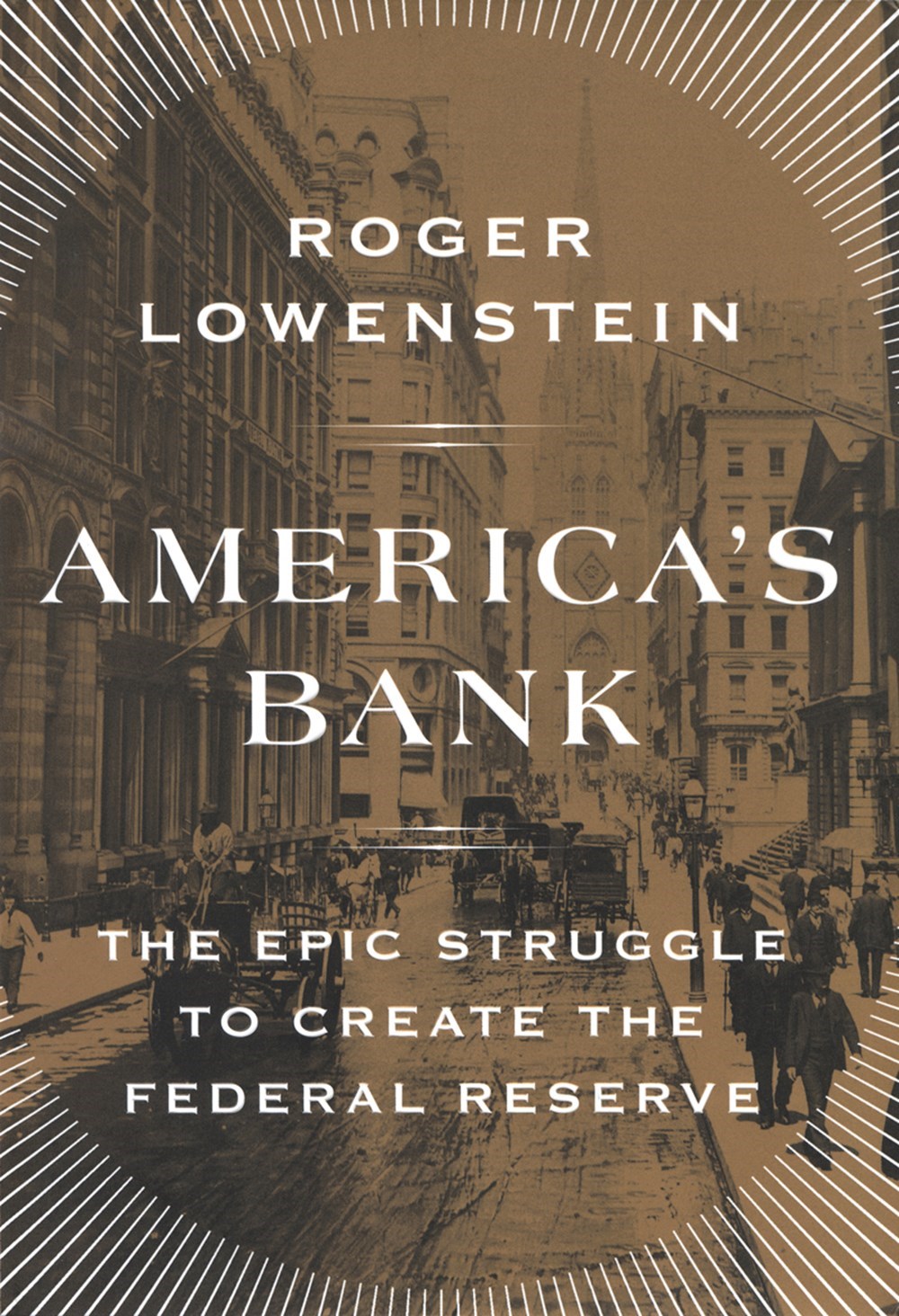
America’s Bank: The Epic Struggle to Create the Federal Reserve by Roger Lowenstein, The Penguin Press, 368 pages, $29.95, October 2015, ISBN 9781594205491
Jack Covert, the man who began this review series over 15 years ago, retired last year. And though he still comes around to provide consultation at least once a month, he doesn’t tell us what to cover in the series that still bears his name.
That may be because, in his retirement, he doesn’t take home that many business books. He’s still a voracious reader, but he naturally gravitates toward fiction and biography. That said, before he headed into the office for a photo shoot yesterday, he did send me a note making sure I set aside a copy of Roger Lowenstein’s new book for him. And when I handed it to him, he said “we’re making this a Jack Covert Selects, right?” The review, I told him, was already in the works.
Roger Lowenstein is the author of many bestselling books, but the two he’s most well known for are When Genius Failed (which Jack named one of The 100 Best Business Books of All Time) and The End of Wall Street. His new book is sure to join those two at the top of the pantheon of his work.
America’s Bank is the genesis story of America’s central bank. And it is fitting that it comes on the heels of The End of Wall Street, because it is the Federal Reserve that acts (and acted aggressively during the recent financial crisis) as the lender of last resort when the normal channels of liquidity are turned off by panic. It is its very reason for existence. But, as he tells us, The Federal Reserve coming into existence “was not a gentle or easy birth, nor was it swift.” And the reasons for this are as old as the nation itself:
Opposition to central authority had animated the minutemen at Lexington and Concord, and the battle to establish the Fed resembled a second American Revolution—a financial revolution.
It is a debate that has run through our history, and is still very much alive today. The Federal Reserve is actually the nation’s third central bank. There were two Bank of Americas chartered before it, that fell out of favor and existence in populist eras—under James Madison (who reversed course and chartered the second as inflation ran up, and “the government’s credit became overtaxed by the War of 1812”) and under Andrew Jackson, who vetoed Congress’s approval of the bank’s recharter in 1836. Inflation again ensued, “this time followed by severe depression.” Congress tried again in 1841, but another veto, this time by John Tyler, stopped it from proceeding and “there, for some seven decades, matters rested.”
The citizens of America were no longer worried about independence from England; they had won that a hundred years earlier, and demonstrated it again in 1812 (albeit with the help of a re-chartered Bank of America, but… ). What they were worried about was their own central government and, as a nation largely made up of farmers spread out across the landscape in need of loans, their own reliance on and relationship to banks. “It has been wittily suggested, not without cause," Lowenstein quips, "that American farmers hated banks because they needed loans.” The irony is that this distrust in banks kept banks small and regional, with no central authority or currency, and weakened the currencies they issued, and which the populace relied upon. It was, as Lowenstein artfully describes it, a “monetary Babel with thousands of currencies.”
The America of the late nineteenth century was an industrial powerhouse but a financial also-ran. … Incredibly, the dollar was quoted in fewer currency markets than the relatively puny Italian lire or Australian shilling. In monetary terms, America remained a stepchild of the Bank of England, whose interest-rate maneuvers could, and often did, plunge Wall Street into recession. Financial independence required a more resilient currency, and one whose supply was regulated not in London or Paris but in America itself.
Yes, again ironically, the desire for independence from government and banks left Americans less independent from other governments and foreign banks, and more prone to panics that made the banks closer to home more prone to collapse. (It was not the last time Americans would unwittingly work against their own ultimate interests.) So farmers often found themselves without access to the funds they needed to bring in their crops at harvest time, and a political battle raged between proponents of the gold standard (largely, those with gold, meaning powerful creditors and bankers) and those favoring minting more money (those is need of more credit, namely farmers and other small businesses) in the form of either a silver alternative or printing more of the “fiat” greenback currency established during the Civil War as a standard, reliable currency for the Union cause (another fascinating part of the story I won't derail this review to delve further into). Eventually congress acquiesced to the latter and began minting silver coins, and in 1890 and in 1890 a dual system backed by gold and silver was set up to ease the money shortage. This led to a predictable run on gold, with miners and others exchanging their silver coin for gold, which quickly began disappearing from circulation, exasperating the problem. And because gold to replace it couldn’t travel overland fast enough to replace their reserves, the Panic of 1893 ensued and a staggering number of banks (360 in all), particularly in the south and west, failed.
Overall, from 1887 through 1902, “there had been serious financial turmoil roughly every three years.” And so, currency and monetary issues were the issues of the day. But as the Progressive Era began, it wasn’t always certain which way it would turn on banking reform—and in particular on currency and monetary issues. Progressives were, as now, distrustful of big banks and Wall Street as anyone—if not more so. Establishing one big bank to rule them all, something Wall Street was the leading advocate for at the time, would seem anathema to their cause.
What brought it all to a head was the Panic of 1907, begun when a copper magnate in Montana was able to seize control of the Mercantile National Bank in NYC, and attempted to use it to manipulate copper-mining stock, a gambit that failed, caused that institution to collapse, and called into question the efficacy of the system that allowed it to happen—much as Bear Stearns would a century later. It turns out that, though the banking system was disconnected in ways that could provide liquidity, banks and non banking trusts (the shadow banking system of the day) were very much connected, “linked by a chain of interlocking boards or, as it were, a chain of reputation.” Long story short, “Reform was suddenly the rage.”
Conservative Republican Senator Nelson Aldrich, a longtime champion of entrenched interests, was not the most likely candidate to orchestrate all of this, but he knew how to wield power and had become convinced of the cause. In 1910, he took a secret trip to Jekyl Island with a group of Wall Street advisors that has been fodder for conspiracy theories ever since. It was meant to remove the delegation and distance the conversation from the divisiveness and vitriol of the media debate and settle on some sensible and acceptable-to-all policy options. In a brilliant stroke of perfectly executed narrative, this is when the characters Lowenstein has introduced us to in the book thus far come together, where they sequester themselves for eight days and argue over the ideas and issues of the day regarding monetary policy and banking reform.
What they were after was simple: a more resilient banking system and steadier currency. What emerged was an idea for what would become the Federal Reserve, a series of reserve banks spread throughout the country that would defuse the power of an overall, unified central bank. When they returned home, they set about the political work of convincing leading bankers across the country of their reforms, and they would then take the ideas to the public through Senator Aldrich and a bill in the Senate. This was the Federal Reserve Act, and the “torch passed, uncertainly, to politicians.”
And this begins Part Two of the book, “The Legislative Arena.” This is the section I wish we could make required reading for the entirety of the House of Representatives and United States Senate. It is a master class in compromise and practical politics, and how to steer needed reform through the crucible of party (and intraparty) politics, powerful interests, and public opinion. As with the backstory of the Civil War banking system, I won't digress into the details here—especially since these details comprise over half the book, and I'm already far over the standard word count for these reviews. Suffice it to say, it is a story about banking and governance that has the drama of an original HBO series.
The banking structure that finally emerged took America from a financial backwater to the center of world finance. As Lowenstein documented in his previous book, that history has had its pock marks, but it has endured. That said, its enactment was “less an ending than a truce” and many of the battles at the forefront of the debate today are the same as they were during the time period so well chronicled in America’s Bank. The compromises made, rather than being seen as a devil’s bargain, should be seen as examples of not letting the perfect be the enemy of the good, and allowing incremental progress to take place to assuage a full-blown crisis or revolution, and to protect and advance our larger independence, including that of the Fed itself, from the everyday political bickering and machinations that surround it.



